January 2022 The Italian company Morgan Tecnica (of the ATE Group) created the single-ply cutting technology to satisfy such needs. Multiple cutting heads on the PLY1 can cut soft and hard textile materials. PLY1 can quickly and accurately handle various fabrics, including carpet fabric and even unusual materials with various compositions and dimensions, up to a thickness of 60 mm.
April 2021 The 40,000-square-foot expansion for the Giant Magellan Telescope structure was started by Ingersoll Machine Tools. As part of the development, an Ingersoll MasterMillTM will be installed in the new structure, creating one of the biggest milling centers in the country and meeting the manufacturing requirements of the U.S. Defense Department.
In addition, the textile ministry is working to establish more textile parks in nations like India and China, where raw materials are plentiful, and labor is cheap.February 2024 The Managing Director of Prism Textiles Machinery, Mr. Narendra Vansjalia, in a press release, highlighted the remarkable journey of the company and its vision for the future. Prism Textiles Machinery has emerged as a leader in specialized textile machinery solutions in the last 14 years. Mr. Vansjalia shared the brilliance behind forming Prism Textiles Machinery in 2010.
With nearly 44 years of experience in the industry of Fabric manufacturing and Machinery, they observed a requirement for customized equipment tailored to India's extraordinary fibers and processes. Identifying the most available Machinery was intended to consider India’s specific requirements, and they targeted fulfilling the gap by developing innovative solutions from the ground up, focusing on local textiles. Contemplating Prism's journey since its inception, Mr. Vansjalia underlined various achievements.
At first, highlighting basic preparatory machines for cotton, the organization rapidly evolved. By 2013, they had offered their first multi-process denim fabric plant, Ultra Denim Ltd, fully assembled in-house, displaying their engineering capabilities. Venturing into technical textiles in 2011-12 with a combined yarn machine, Prism pursued increasing its portfolio and clientele domestically and internationally. At present, Prism functions under one roof at a large facility spanning over 3,200 square meters in Ahmedabad's textile hub. With a workforce of 50+ engineers, they can produce 100-150 machines per year, varying from basic units to turnkey projects.
Till now, Prism has offered nearly 1,000 Standard & customized machines worldwide. Prism has incorporated various quality-enhancing, eco-friendly, energy-saving, and user-friendly features into its machines to align with the sustainability demands of the present era.
March 2024 Italian textile technology has always been a dependable partner for India's textile industry. Now, a new marketing proposal focuses on enhancing trade relations between the two nations in the textile field. Indeed, 11 Italian textile machinery manufacturers will be participating in the future technological symposia planned in New Delhi and Mumbai from 9 to 12 April.
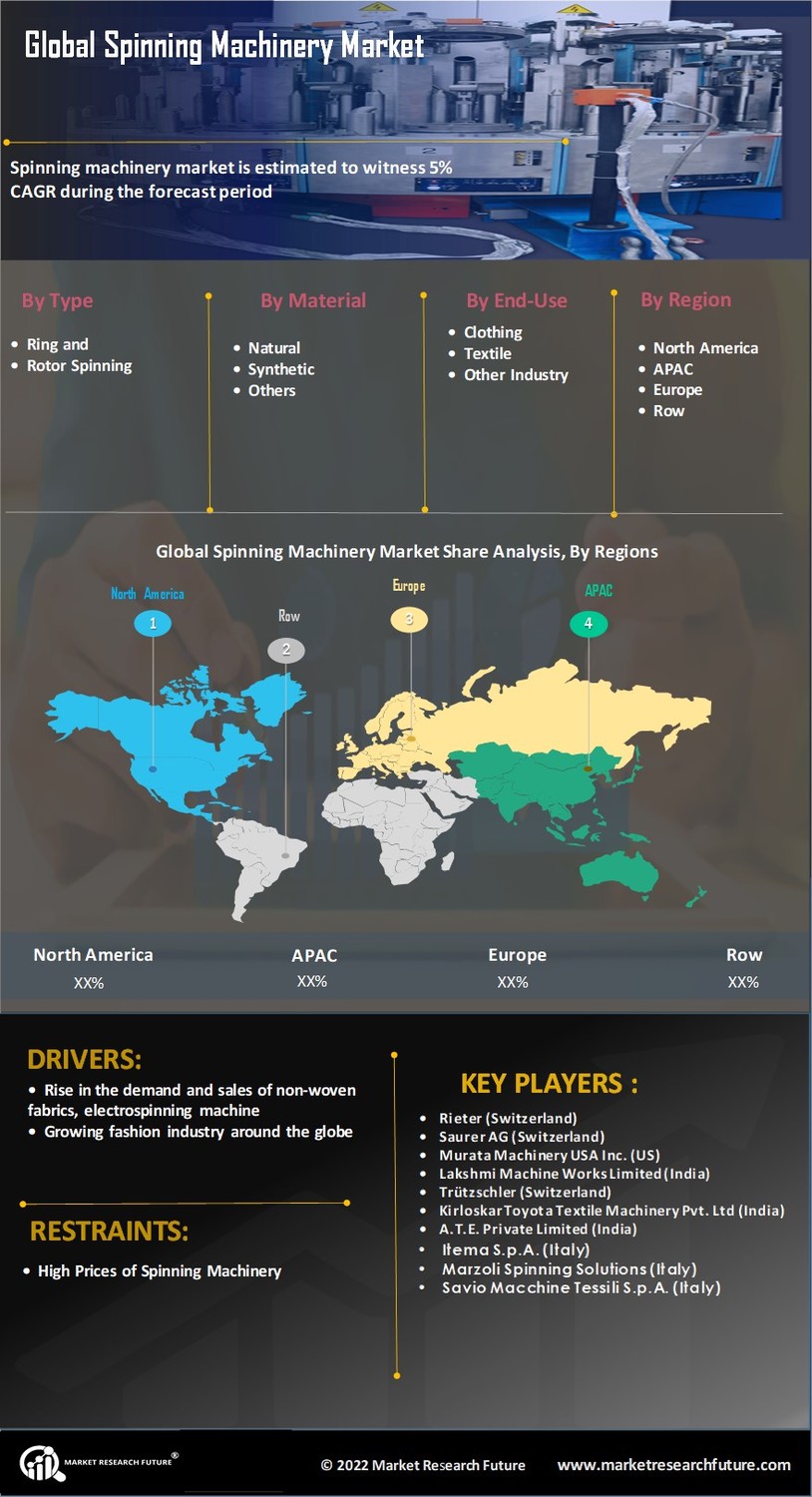

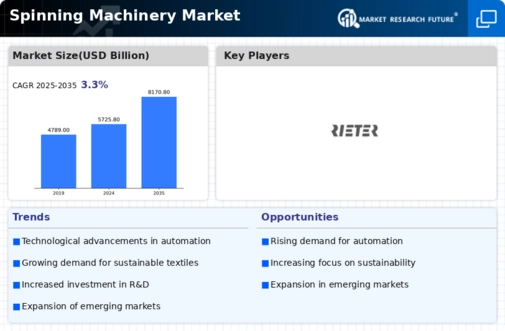
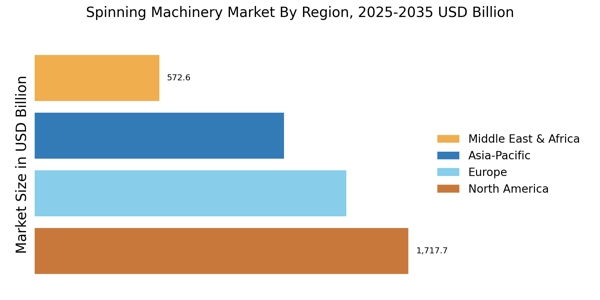


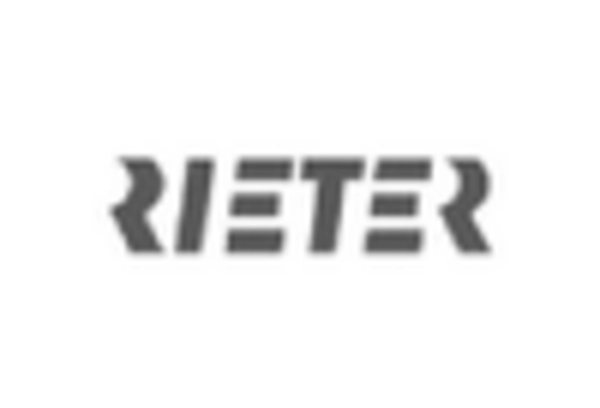

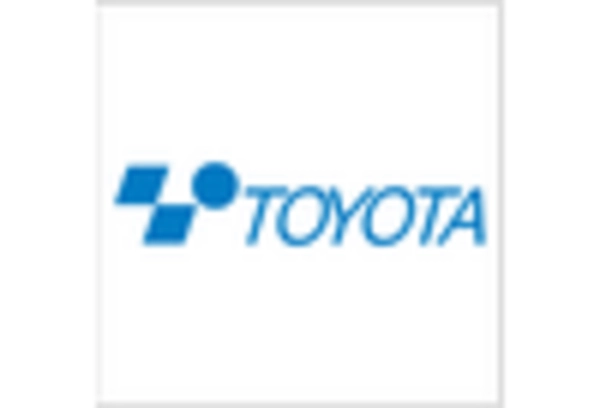









Leave a Comment